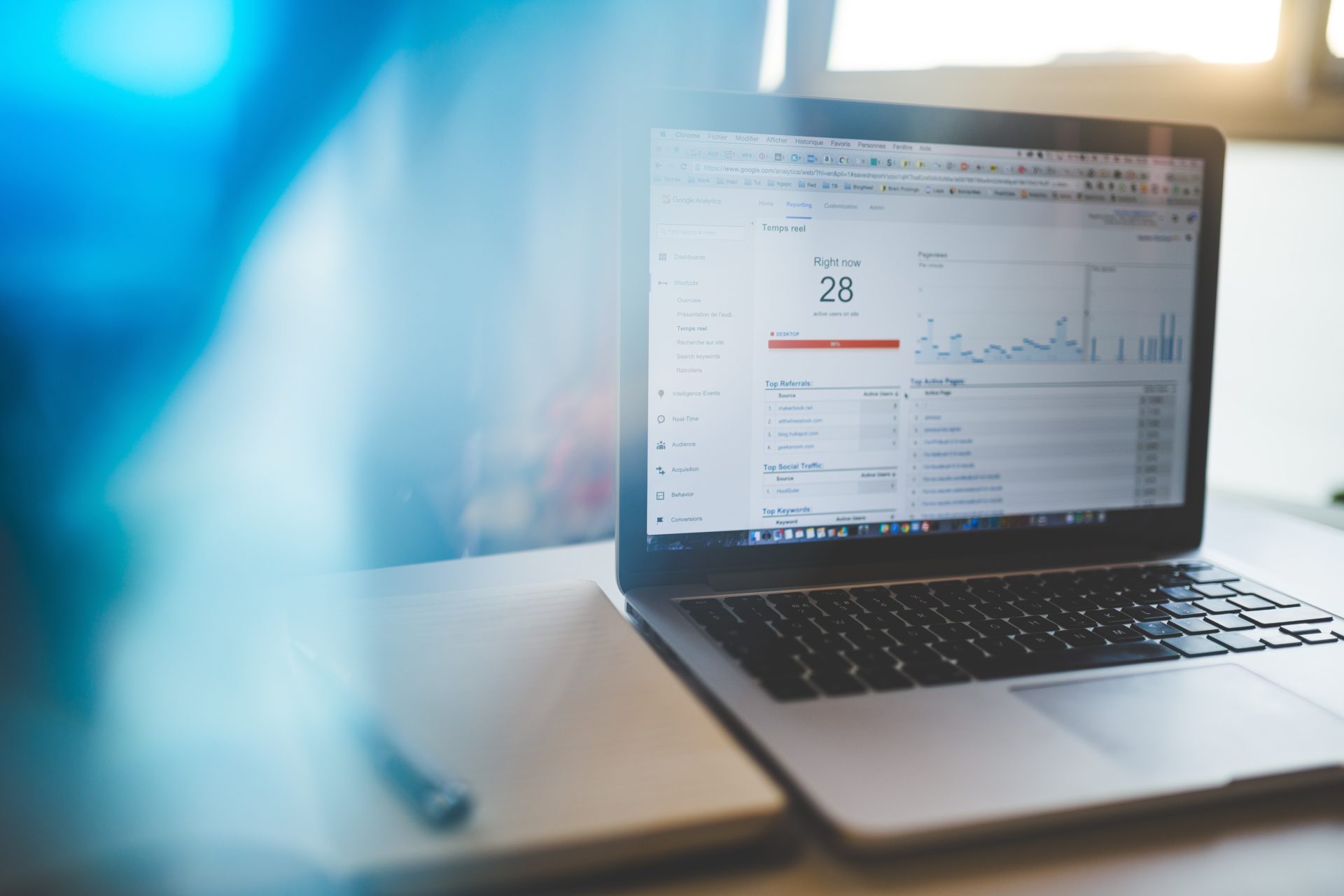A high bounce rate has the potential to kill your Google Ads. In this blog, we explain how you can lower the number of bounces and get a better ROI on your PPC campaigns.
Someone “bounces” on your website when they click through to your page and quickly leave without spending any meaningful time to view any content or take any action.
With Google Ads, this is common as usually, a user is searching for information and if they don’t immediately see what they find on your site, they bounce back to Google to continue their search.
While a high bounce rate isn’t ideal for any website, it’s particularly a problem when it’s happening with Google Ads because it’s PPC and you pay each time someone clicks – whether they bounce or not!
The bad news is that bounces are inevitable – you could have a perfectly optimised landing page, great ad copy and be hitting all the right keyword searches, but there would still be some users who bounce.
The good news is that there are some actions to take that can lower your bounce rate so you’re getting more return on investment on your PPC ads.
Below are some of our top tips to reduce the bounce rate of your Google Ads.
Problem: You’re showing up in the wrong searches.
If you’re not targeting the right keywords, you’re not going to get under the noses of your ideal target audience.
This is a problem because it’s likely your landing page is designed to speak to your dream customer. So, when someone who isn’t your dream customer lands on your page, they’re more likely to bounce because what you’re offering them (content, products, services) just isn’t tapping into what they want.
And so they head elsewhere…
Solution: Keep an eye on your keywords.
Of course, choosing the right keywords for your Google Ad from the start is always the aim. But, often it’s a case of trial and error and monitoring what works well and what doesn’t.
Luckily, you can view your keyword performance with Google Ads.
A quick tip for improving your keywords is to make them more relevant to your product and services – an example of this is instead of “cleaning” use “floor cleaning services”.
From previous Google Ads, you should be able to see what search terms real people used who saw your ad – this list may give you some ideas on new terms and keywords that you hadn’t even thought of.
You can also filter your keywords by status to see which keywords have a low search volume, a low Quality Score, high click-through rate etc. This can help inform you when deciding on your next set of keywords.
Problem: Your website is not working properly.
One mistake many businesses make when setting up Google Ads is investing time and money into the advert itself and the costs associated with PPC, but forgetting about their website/landing page – i.e. where the potential customer lands after clicking the advert.
If your website takes ages to load or isn’t responsive on a mobile device or just simply doesn’t function well, it’s likely that the user will become frustrated and bounce back to Google to continue their search.
Solution: Improve your website’s functionality.
First up, check how long your website takes to load.
Did you know that nearly half of consumers expect a web page to load in two seconds or less? And, 40% abandon sites that take longer than three seconds?
You can reduce loading time by:
- Reducing image sizing.
- Reducing large files sizes (i.e. videos).
- Reducing the number of HTTP requests.
- Enable browser caching.
Here is a more in-depth guide on how to speed up a sluggish website.
Next up, think about how it’s performing on mobile devices and tablets as well as desktop computers. Our article on responsive design should give you a few pointers.
Problem: You’re not solving a problem.
So your website is working perfectly and your keywords are optimised so that they’re bringing your dream customer right to your door?
But you’ve still got a high percentage of people bouncing?
It could be that the content people are seeing when they click through to your landing page is simply not resonating with them.
If your copy is confusing, or irrelevant and not solving their problem, it’s likely that people will look elsewhere.
Solution: Brush up your landing page.
Your landing page should aim to convert clicks into customers – if it doesn’t, then you may be wasting the money you’ve invested in your Google Ad campaign.
We outline the ingredients to a great Google Ad Landing Page in this blog.
Your page headline or header is your biggest chance to make a good first impression. Think about what problem you’re trying to solve with your product or service and then think about how you can communicate that clearly with your ideal customer.
You want to instantly grab them and let them know that they’re in the right place.
Next up is visuals – choose something that adds value to your page and illustrates what your customer will get if they sign up for the offer or make a purchase.
Don’t confuse your audience with lots of different calls to action. Guide them to the right choice by sticking to one clear call to action. The fewer choices they have in front of them, the faster they’ll arrive at their decision.
Want to create an effective Google Ad campaign? Talk to a member of our team today.

